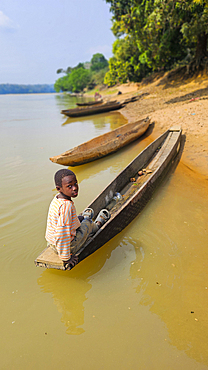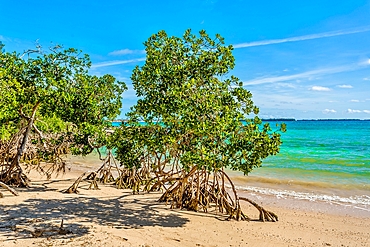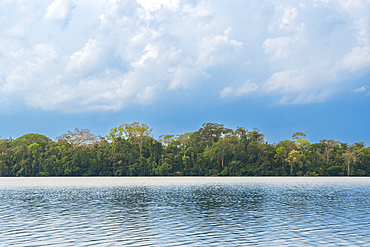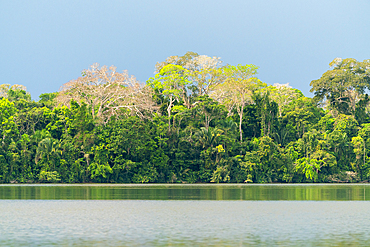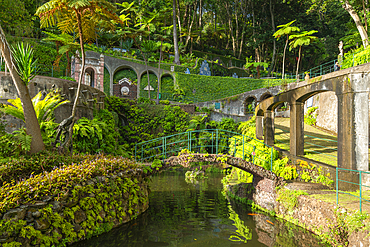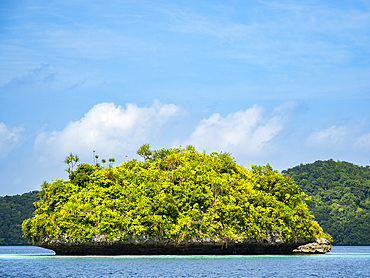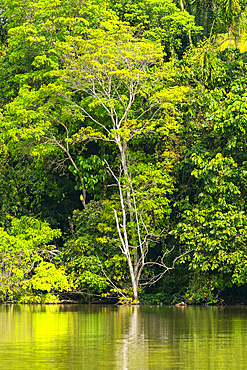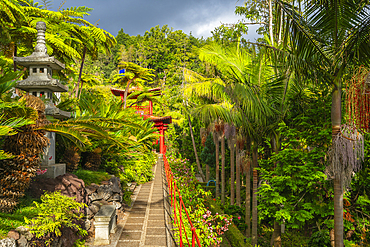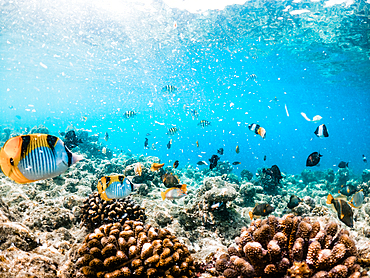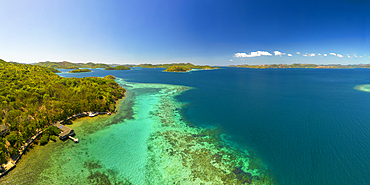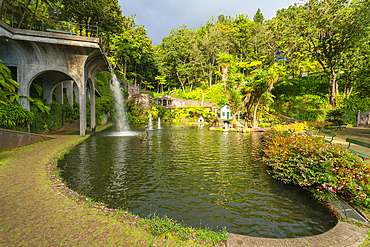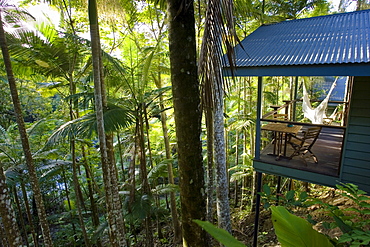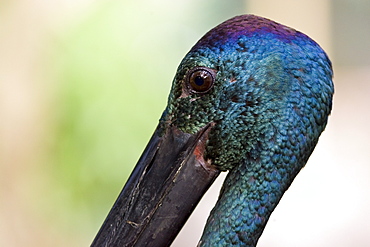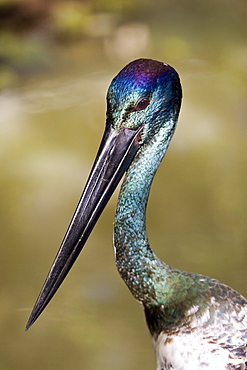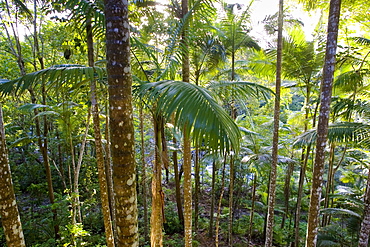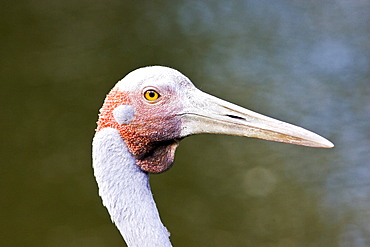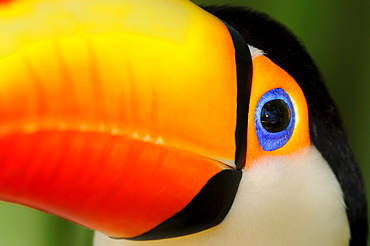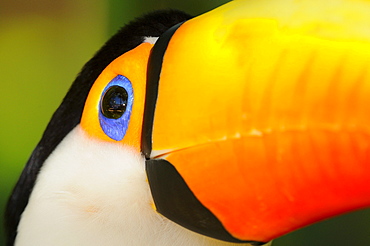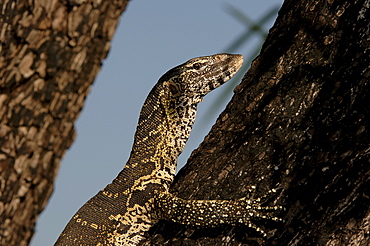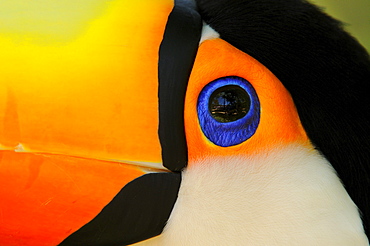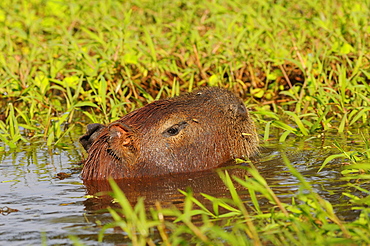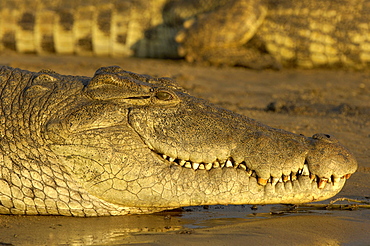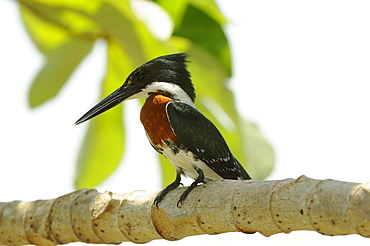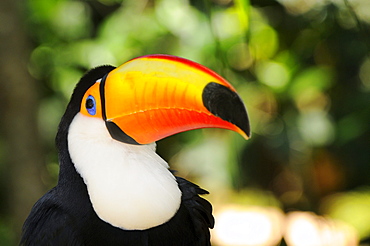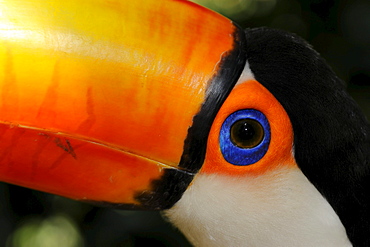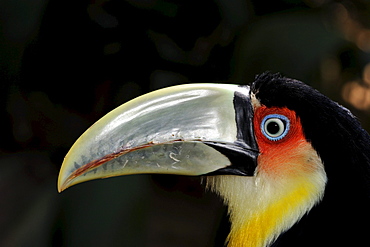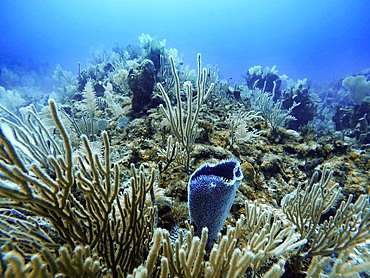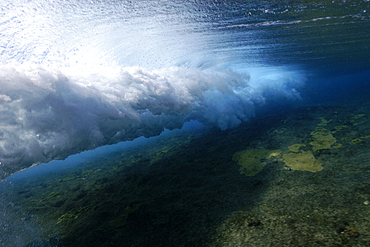Results
« Previous 1 … 5 6 7
658 results found
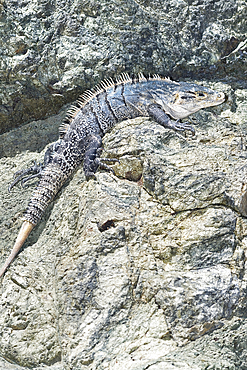
Black spiny tailed Iguana (Ctenosaur similis) crawling, Manuel Antonio National Park, Puntarenas Province, Costa Rica
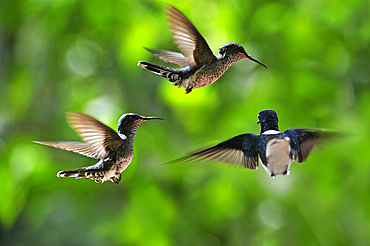
Florisuga mellivora (White-necked Jacobin) hovering, Soberania National Park, Republic of Panama, Central America
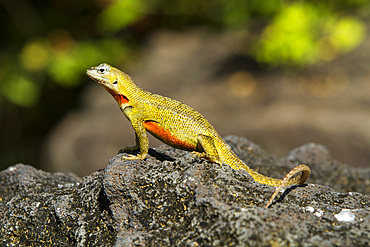
Lava lizard (Microlophus spp) in the Galapagos Islands Archipelago, UNESCO World Heritage Site, Ecuador, South America
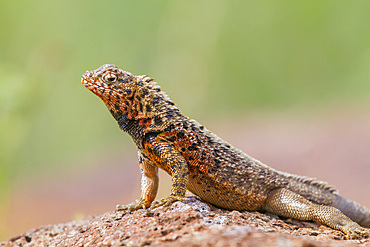
Lava lizard (Microlophus spp) in the Galapagos Islands Archipelago, UNESCO World Heritage Site, Ecuador, South America
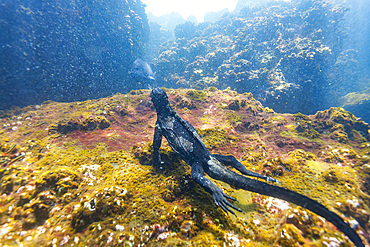
The endemic Galapagos marine iguana (Amblyrhynchus cristatus) feeding underwater in the Galapagos, UNESCO World Heritage Site, Ecuador, South America
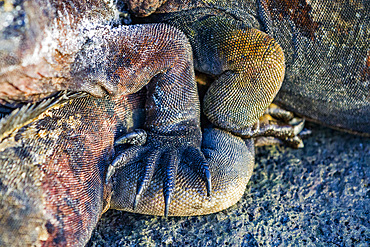
The endemic Galapagos marine iguana (Amblyrhynchus cristatus) in the Galapagos Island Archipelago, UNESCO World Heritage Site, Ecuador, South America
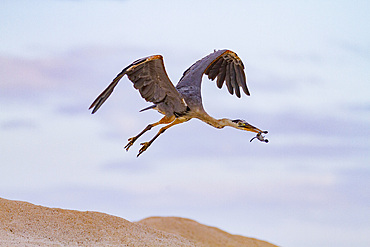
Adult great blue heron (Ardea herodias cognata) feeding on green sea turtle hatchlings, Galapagos Islands, UNESCO World Heritage Site, Ecuador, South America
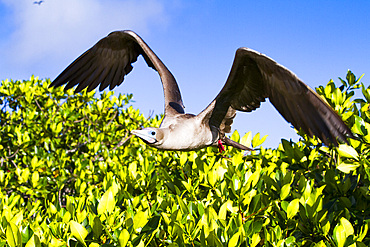
Adult red-footed booby (Sula sula) returning to the nest site in the Galapagos Islands, UNESCO World Heritage Site, Ecuador, South America
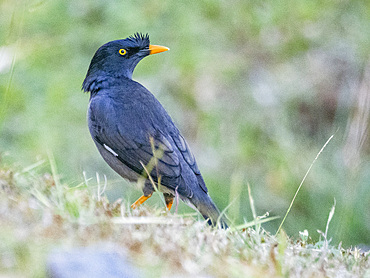
Jungle myna (Acridotheres fuscus), looking for water at the Volivoli Resort grounds on Viti Levu, Fiji, South Pacific, Pacific

Neotropic cormorant (Phalacrocorax brasilianus) (Phalacrocorax olivaceus) (Nannopterum brasilianum), Lake Sandoval, Tambopata National Reserve, Peru, South America
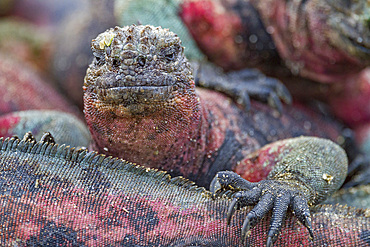
The endemic Galapagos marine iguana (Amblyrhynchus cristatus) on Espanola Island in the Galapagos Islands, UNESCO World Heritage Site, Ecuador, South America
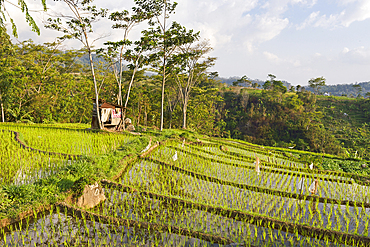
Paddy fields in Tawangmangu area, Karanganyar district, near Surakarta (Solo), Java island, Indonesia, Southeast Asia, Asia

Adult San Esteban spiny-tailed iguana (Ctenosaura conspicuosa), endemic to Isla San Esteban, Baja California, Mexico, North America
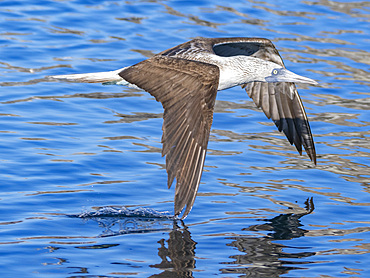
Blue-footed booby (Sula nebouxii), in flight near Isla Salsipuedes, Baja California, Sea of Cortez, Mexico, North America
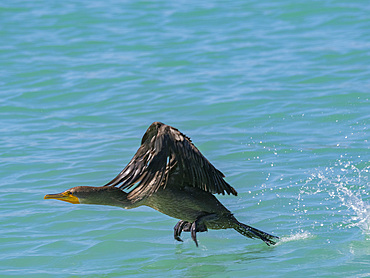
Double-crested cormorant (Nannopterum auritum), taking flight, Concepcion Bay, Baja California Sur, Sea of Cortez, Mexico, North America
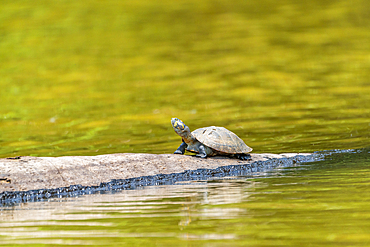
Yellow-spotted river turtle (Podocnemis unifilis), Lake Sandoval, Tambopata National Reserve near Puerto Maldonado, Peru, South America
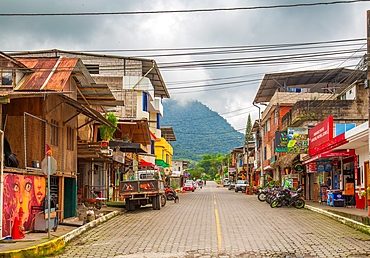
Town centre, Mindo, a centre for tourism in the Cloud Forest involving zip lining, rafting, bird watching and nature tours, Mindo, Ecuador, South America
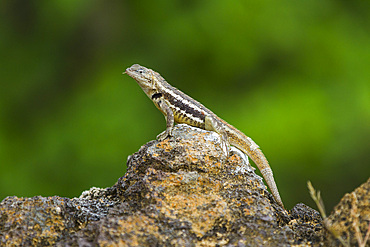
Lava lizard (Microlophus spp) in the Galapagos Islands Archipelago, UNESCO World Heritage Site, Ecuador, South America
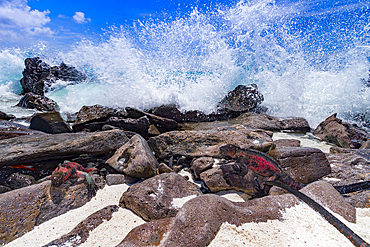
The endemic Galapagos marine iguana (Amblyrhynchus cristatus) in the Galapagos Island Archipelago, UNESCO World Heritage Site, Ecuador, South America
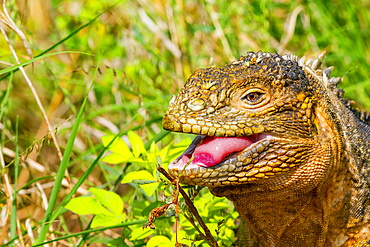
The very colorful Galapagos land iguana (Conolophus subcristatus) in the Galapagos Island Archipelago, UNESCO World Heritage Site, Ecuador, South America
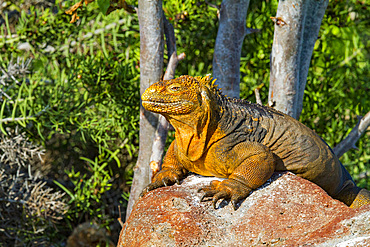
The very colorful Galapagos land iguana (Conolophus subcristatus) in the Galapagos Island Archipelago, UNESCO World Heritage Site, Ecuador, South America
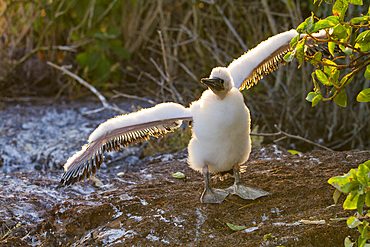
Nazca booby (Sula grantii) downy chick stretching its wings to gather strength for flight in the Galapagos Islands, UNESCO World Heritage Site, Ecuador, South America

Adult Galapagos sea lion (Zalophus wollebaeki) underwater in the Galapagos Island Archipelago, UNESCO World Heritage Site, Ecuador, South America
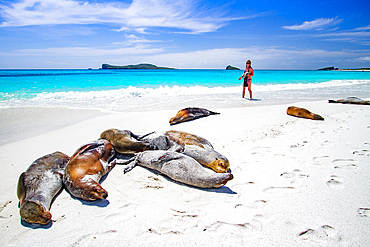
Guest with Galapagos sea lion pup (Zalophus wollebaeki) on Gardner Beach, Espanola Island in the Galapagos, UNESCO World Heritage Site, Ecuador, South America
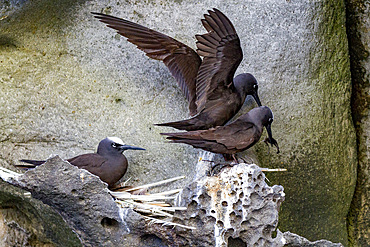
Adult black noddy (Anous minutus) breeding site on Boatswain Bird Island just off Ascension island, South Atlantic Ocean
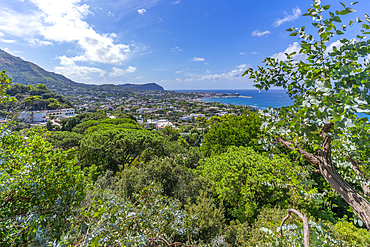
View of tropical flora in Giardini la Mortella Botanical Gardens and Forio in background, Forio, Island of Ischia, Campania, Italy, Europe
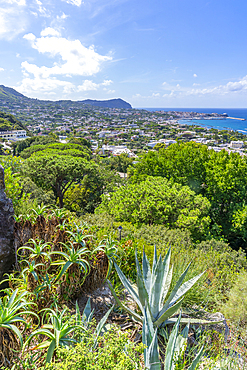
View of tropical flora in Giardini la Mortella Botanical Gardens and Forio in background, Forio, Island of Ischia, Campania, Italy, Europe
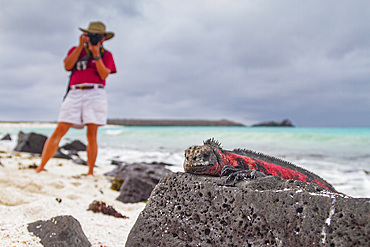
Tourist photographing an endemic Galapagos marine iguana (Amblyrhynchus cristatus) on Espanola Island in the Galapagos Islands, UNESCO World Heritage Site, Ecuador, South America
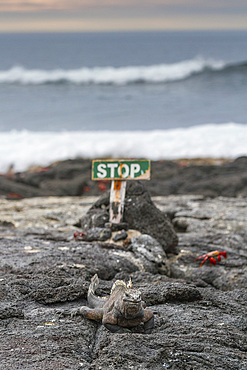
The endemic Galapagos marine iguana (Amblyrhynchus cristatus) in the Galapagos Island Archipelago, UNESCO World Heritage Site, Ecuador, South America
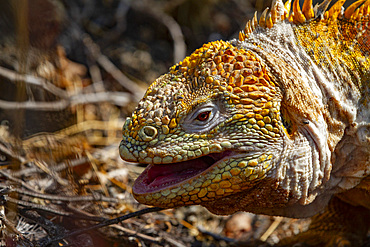
The very colorful Galapagos land iguana (Conolophus subcristatus) in the Galapagos Island Archipelago, UNESCO World Heritage Site, Ecuador, South America
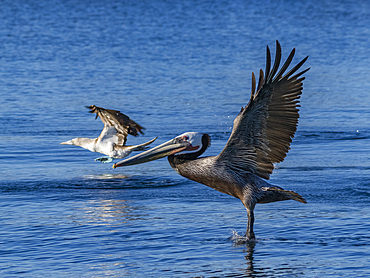
Adult brown pelican (Pelecanus occidentalis), taking flight on a small islet near Isla Salsipuedes, Baja California, Mexico, North America

Neotropic cormorant (Phalacrocorax brasilianus) (Phalacrocorax olivaceus) (Nannopterum brasilianum), Lake Sandoval, Tambopata National Reserve, Peru, South America
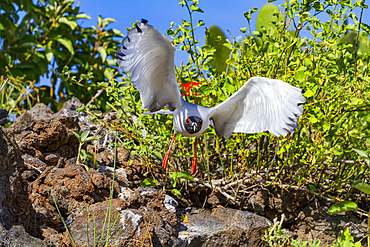
Adult Swallow-tailed gull (Creagrus furcatus) in flight in the Galapagos Island Archipelago, UNESCO World Heritage Site, Ecuador, South America
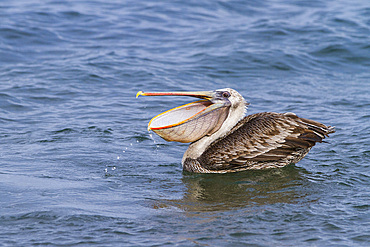
Galapagos brown pelican (Pelecanus occidentalis urinator) feeding in the Galapagos Island Archipelago, UNESCO World Heritage Site, Ecuador, South America
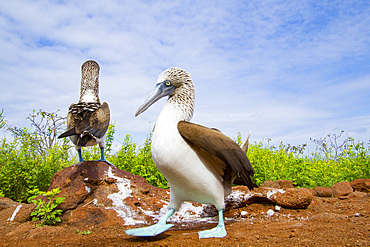
Blue-footed booby (Sula nebouxii) courtship behavior in the Galapagos Island Archipelago, UNESCO World Heritage Site, Ecuador, South America
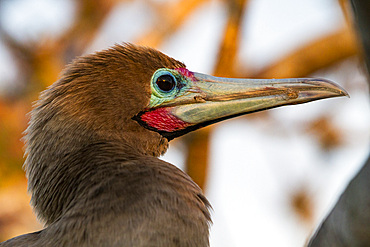
Adult red-footed booby (Sula sula) head detail in the Galapagos Island Archipelago, UNESCO World Heritage Site, Ecuador, South America
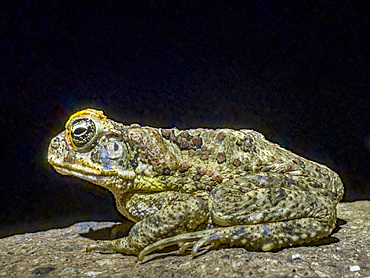
An introduced adult cane toad (Rhinella marina), at night on the Volivoli Resort grounds on Viti Levu, Fiji, South Pacific, Pacific
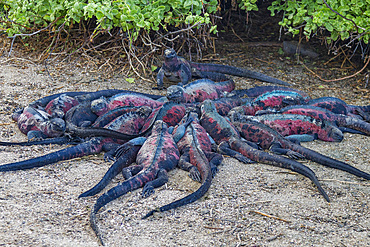
The endemic Galapagos marine iguana (Amblyrhynchus cristatus) on Espanola Island in the Galapagos Islands, UNESCO World Heritage Site, Ecuador, South America
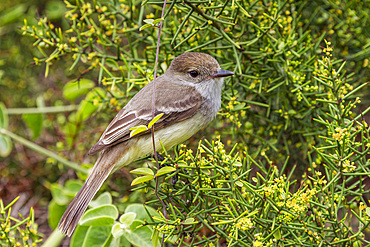
Adult Galapagos flycatcher (Large-billed flycatcher) (Myiarchus magnirostris) in the Galapagos Island Archipelago, UNESCO World Heritage Site, Ecuador, South America
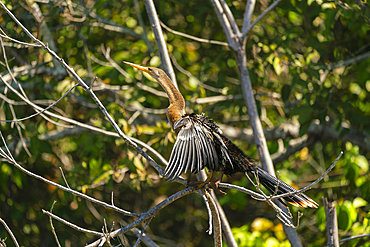
Anhinga (anhinga anhinga) perching on branch by Lake Sandoval, Tambopata National Reserve, Puerto Maldonado, Madre de Dios, Peru, South America
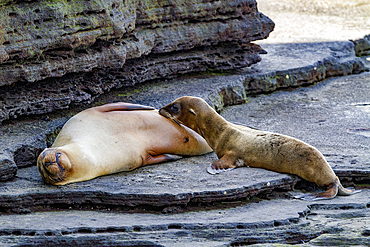
Galapagos sea lion mother nursing pup (Zalophus wollebaeki) in the Galapagos Island Archipelago, UNESCO World Heritage Site, Ecuador, South America
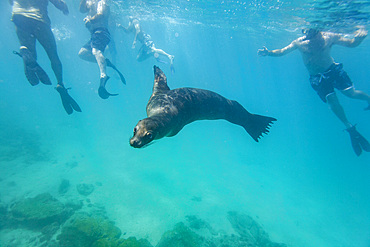
Snorkelers with Galapagos sea lion (Zalophus wollebaeki) underwater in the Galapagos Island Archipelago, UNESCO World Heritage Site, Ecuador, South America
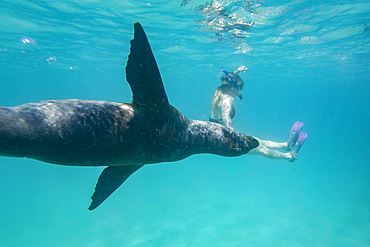
Snorkeler with Galapagos sea lion (Zalophus wollebaeki) underwater in the Galapagos Island Archipelago, UNESCO World Heritage Site, Ecuador, South America
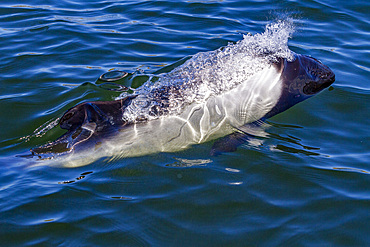
Adult Commerson's dolphin (Cephalorhynchus commersonii), surfacing in Stanley Harbor in the Falkland Islands, South America
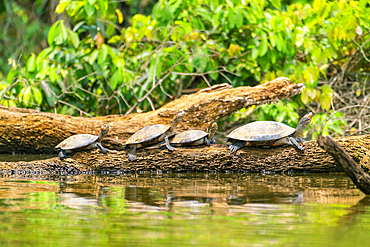
Yellow-spotted river turtles (Podocnemis unifilis), Lake Sandoval, Tambopata National Reserve near Puerto Maldonado, Peru, South America
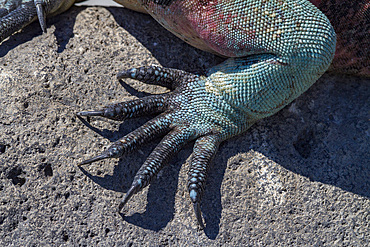
The endemic Galapagos marine iguana (Amblyrhynchus cristatus), foot detail, Espanola Island in the Galapagos Islands, UNESCO World Heritage Site, Ecuador, South America
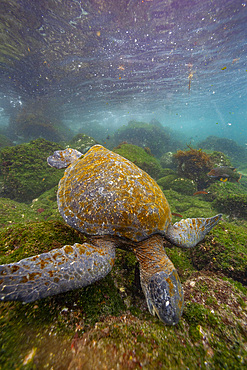
Adult green sea turtle (Chelonia mydas agassizii) underwater off the west side of Isabela, Galapagos Islands, UNESCO World Heritage Site, Ecuador, South America
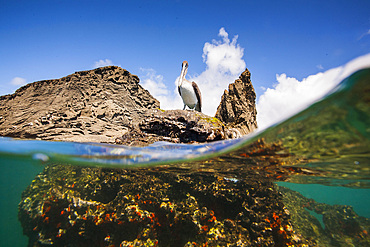
Adult Galapagos brown pelican (Pelecanus occidentalis urinator) in the Galapagos Island Archipelago, UNESCO World Heritage Site, Ecuador, South America
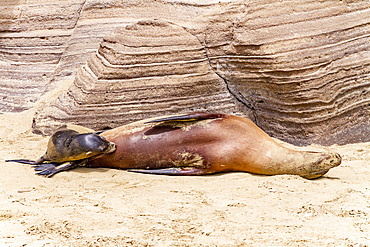
Galapagos sea lion mother nursing pup (Zalophus wollebaeki) in the Galapagos Island Archipelago, UNESCO World Heritage Site, Ecuador, South America
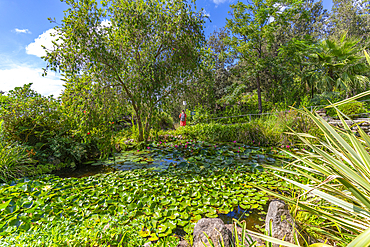
View of tropical flora in Giardini la Mortella Botanical Gardens, Forio, Island of Ischia, Campania, Italy, Europe
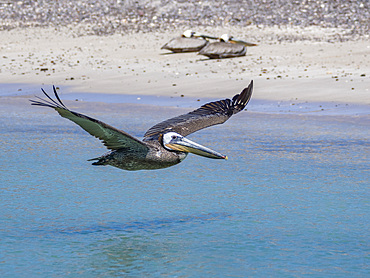
Adult brown pelican (Pelecanus occidentalis), in flight, Isla Carmen, Baja California Sur, Mexico, North America
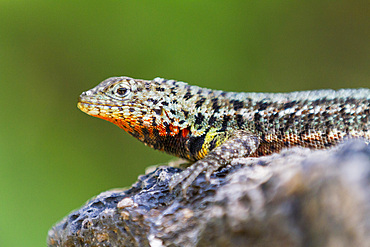
Lava lizard (Microlophus spp) in the Galapagos Islands Archipelago, UNESCO World Heritage Site, Ecuador, South America
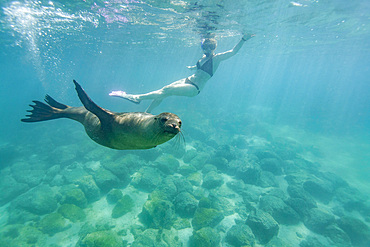
Snorkeler with Galapagos sea lion (Zalophus wollebaeki) underwater in the Galapagos Island Archipelago, UNESCO World Heritage Site, Ecuador, South America
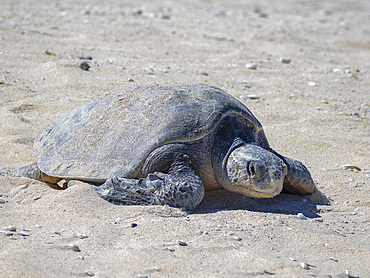
An adult female green sea turtle (Chelonia mydas), coming ashore to nest on Isla Espiritu Santo, Sea of Cortez, Mexico, North America
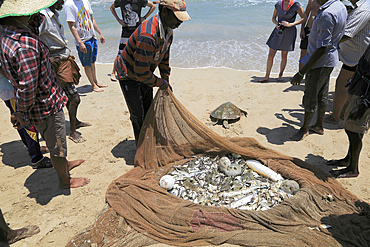
Traditional fishing hauling nets, Nilavelli beach, near Trincomalee, Eastern province, Sri Lanka, Asia
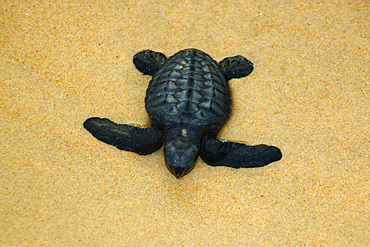
Olive ridley turtle hatchling, Lepidochelys olivacea, Costa do Sauipe, Bahia, Brazil (South Atlantic)
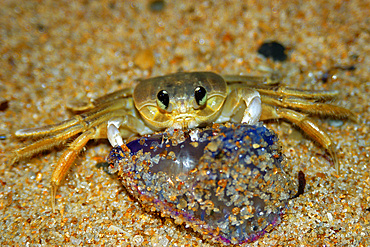
Crab preying on dead portuguese man-of-war, Physalia physalis, Praia do Forte, Bahia, Brazil (South Atlantic)
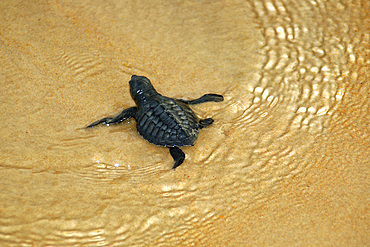
Olive ridley turtle hatchling, Lepidochelys olivacea, Costa do Sauipe, Bahia, Brazil (South Atlantic)
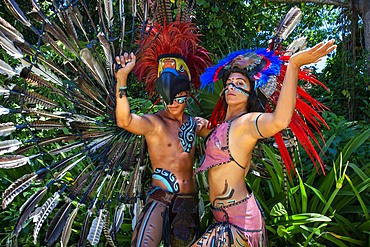
Mexican aztec dress gods at Grand Palladium White Sand Resort and Spa in Riviera Maya, Yucatan Peninsula, Quintana Roo, Caribbean Coast, Mexico.
Aztec clothing was generally loose fitting and did not completely cover the body. When the Spanish arrived in Mexico, the people were surprised to see them in their full armour, with only their faces exposed.
Aztec clothes were generally made of cotton (which was imported) or ayate fiber, made from the Maguey Cactus (also called the Century Plant or American Aloe). Women would weave the fibers into clothing, a task girls were taught as young teenagers. Because of their vast trading network, the Aztecs were able to make use of a beautiful array of dyes, creating the brilliant
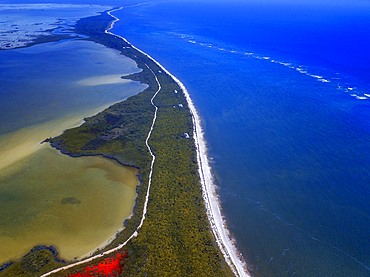
Aerial view of Punta Allen Sian Ka'an Reserve, Yucatan Peninsula, Mexico. Red lagoon near Boca Paila Bridge.
In the language of the Mayan peoples who once inhabited this region, Sian Ka'an means Origin of the Sky. Located on the east coast of the Yucatán peninsula, this biosphere reserve contains tropical forests, mangroves and marshes, as well as a large marine section intersected by a barrier reef. It provides a habitat for a remarkably rich flora and a fauna comprising more than 300 species of birds, as well as a large number of the region's characteristic terrestrial vertebrates, which cohabit in the diverse environment formed by its complex hydrological system.
Along its roughly 120 kilometres of coastline, the property covers over 400,000 hectares of land ranging from sea level to only ten m.a.s.l. The property boasts diverse tropical forests, palm savannah, one of the most pristine wetlands in the region, lagoons, extensive mangrove stands, as well as sandy beaches and dunes. The 120,000 hectares of marine area protect a valuable part of the Mesoamerican Barrier Reef and seagrass beds in the shallow bays. The lush green of the forests and the many shades of blue of the lagoons and the Caribbean Sea under a wide sky offer fascinating visual impressions.
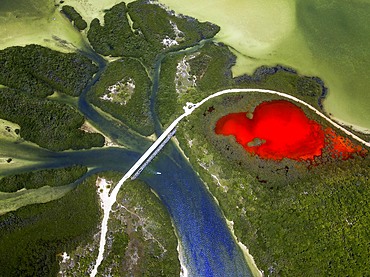
Aerial view of Punta Allen Sian Ka'an Reserve, Yucatan Peninsula, Mexico. Red lagoon near Boca Paila Bridge.
In the language of the Mayan peoples who once inhabited this region, Sian Ka'an means Origin of the Sky. Located on the east coast of the Yucatán peninsula, this biosphere reserve contains tropical forests, mangroves and marshes, as well as a large marine section intersected by a barrier reef. It provides a habitat for a remarkably rich flora and a fauna comprising more than 300 species of birds, as well as a large number of the region's characteristic terrestrial vertebrates, which cohabit in the diverse environment formed by its complex hydrological system.
Along its roughly 120 kilometres of coastline, the property covers over 400,000 hectares of land ranging from sea level to only ten m.a.s.l. The property boasts diverse tropical forests, palm savannah, one of the most pristine wetlands in the region, lagoons, extensive mangrove stands, as well as sandy beaches and dunes. The 120,000 hectares of marine area protect a valuable part of the Mesoamerican Barrier Reef and seagrass beds in the shallow bays. The lush green of the forests and the many shades of blue of the lagoons and the Caribbean Sea under a wide sky offer fascinating visual impressions.
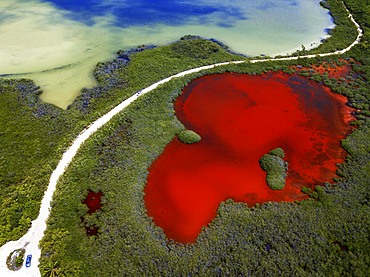
Aerial view of Punta Allen Sian Ka'an Reserve, Yucatan Peninsula, Mexico. Red lagoon near Boca Paila Bridge.
In the language of the Mayan peoples who once inhabited this region, Sian Ka'an means Origin of the Sky. Located on the east coast of the Yucatán peninsula, this biosphere reserve contains tropical forests, mangroves and marshes, as well as a large marine section intersected by a barrier reef. It provides a habitat for a remarkably rich flora and a fauna comprising more than 300 species of birds, as well as a large number of the region's characteristic terrestrial vertebrates, which cohabit in the diverse environment formed by its complex hydrological system.
Along its roughly 120 kilometres of coastline, the property covers over 400,000 hectares of land ranging from sea level to only ten m.a.s.l. The property boasts diverse tropical forests, palm savannah, one of the most pristine wetlands in the region, lagoons, extensive mangrove stands, as well as sandy beaches and dunes. The 120,000 hectares of marine area protect a valuable part of the Mesoamerican Barrier Reef and seagrass beds in the shallow bays. The lush green of the forests and the many shades of blue of the lagoons and the Caribbean Sea under a wide sky offer fascinating visual impressions.
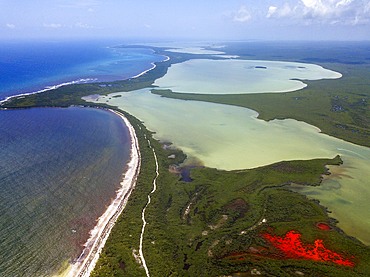
Aerial view of Punta Allen Sian Ka'an Reserve, Yucatan Peninsula, Mexico. Red lagoon near Boca Paila Bridge.
In the language of the Mayan peoples who once inhabited this region, Sian Ka'an means Origin of the Sky. Located on the east coast of the Yucatán peninsula, this biosphere reserve contains tropical forests, mangroves and marshes, as well as a large marine section intersected by a barrier reef. It provides a habitat for a remarkably rich flora and a fauna comprising more than 300 species of birds, as well as a large number of the region's characteristic terrestrial vertebrates, which cohabit in the diverse environment formed by its complex hydrological system.
Along its roughly 120 kilometres of coastline, the property covers over 400,000 hectares of land ranging from sea level to only ten m.a.s.l. The property boasts diverse tropical forests, palm savannah, one of the most pristine wetlands in the region, lagoons, extensive mangrove stands, as well as sandy beaches and dunes. The 120,000 hectares of marine area protect a valuable part of the Mesoamerican Barrier Reef and seagrass beds in the shallow bays. The lush green of the forests and the many shades of blue of the lagoons and the Caribbean Sea under a wide sky offer fascinating visual impressions.
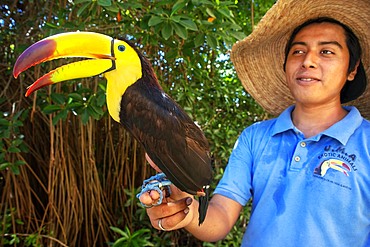
A Mexican staff member holds a tucan at Grand Palladium White Sand Resort and Spa in Riviera Maya, Yucatan Peninsula, Quintana Roo, Caribbean Coast, Mexico

Palms and old pier in Punta Allen Sian Ka'an Reserve, Yucatan Peninsula, Mexico.
In the language of the Mayan peoples who once inhabited this region, Sian Ka'an means Origin of the Sky. Located on the east coast of the Yucatán peninsula, this biosphere reserve contains tropical forests, mangroves and marshes, as well as a large marine section intersected by a barrier reef. It provides a habitat for a remarkably rich flora and a fauna comprising more than 300 species of birds, as well as a large number of the region's characteristic terrestrial vertebrates, which cohabit in the diverse environment formed by its complex hydrological system.
Along its roughly 120 kilometres of coastline, the property covers over 400,000 hectares of land ranging from sea level to only ten m.a.s.l. The property boasts diverse tropical forests, palm savannah, one of the most pristine wetlands in the region, lagoons, extensive mangrove stands, as well as sandy beaches and dunes. The 120,000 hectares of marine area protect a valuable part of the Mesoamerican Barrier Reef and seagrass beds in the shallow bays. The lush green of the forests and the many shades of blue of the lagoons and the Caribbean Sea under a wide sky offer fascinating visual impressions.

Mexican aztec dress gods at Grand Palladium White Sand Resort and Spa in Riviera Maya, Yucatan Peninsula, Quintana Roo, Caribbean Coast, Mexico.
Aztec clothing was generally loose fitting and did not completely cover the body. When the Spanish arrived in Mexico, the people were surprised to see them in their full armour, with only their faces exposed.
Aztec clothes were generally made of cotton (which was imported) or ayate fiber, made from the Maguey Cactus (also called the Century Plant or American Aloe). Women would weave the fibers into clothing, a task girls were taught as young teenagers. Because of their vast trading network, the Aztecs were able to make use of a beautiful array of dyes, creating the brilliant
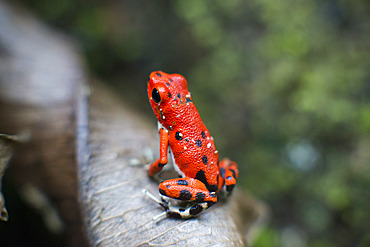
Strawberry Poison Frog (Dendrobates pumilio), adult, Bastimentos National Park, Bocas del Toro, Panama. The strawberry poison frog or strawberry poison-dart frog (Oophaga pumilio or Dendrobates pumilio) is a species of small amphibian poison dart frog found in Central America. It is common throughout its range, which extends from eastern central Nicaragua through Costa Rica and northwestern Panama. The species is often found in humid lowlands and premontane forest, but large populations are also found in disturbed areas such as plantations. The strawberry poison frog is perhaps most famous for its widespread variation in coloration, comprising approximately 15���30 color morphs, most of which are presumed to be true-breeding. O. pumilio, while not the most poisonous of the dendrobatids, is the most toxic member of its genus. The species is most diverse in Panama with varieties in vivid shades of all red, orange, blue, yellow or green, green and yellow, white with red, orange or black and spotted varieties. The most colorful mix is found in Isla Bastimentos Marine National Park though not all in one place. Colors vary by location. A beach on the north side of the island is named after the species. Two of Southern Explorations' Panama tours visit red frog habitat. Both the eight-day Panama Adventure trip and eleven-day Panama Highlights trip spend time in Isla Bastimentos Marine National Park and the former also goes to Red Frog Beach.
The red frog is not as poisonous as some of its cousins and is not a threat to humans. It subsists on a diet of ants that dine on poisonous plants, providing the red frog its protective skin toxin. Males attract females with a loud quick chirp. To hear the distinctive sound before you depart on your Panama tours, go to the University of Michigan Museum's biodiversity website (www.animaldiversity.ummz.umich.edu.) After birth, the tadpoles climb aboard the mother who deposits them in different protected areas where she retu
